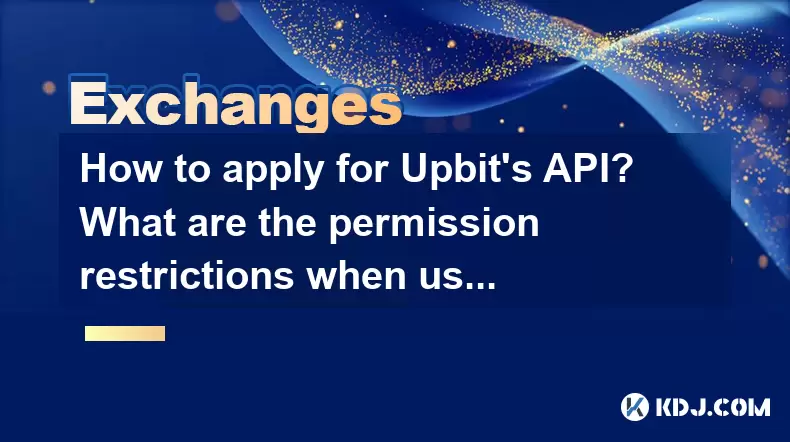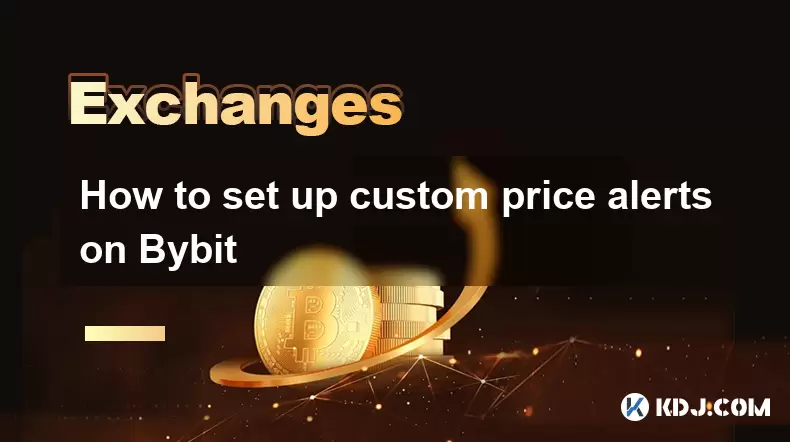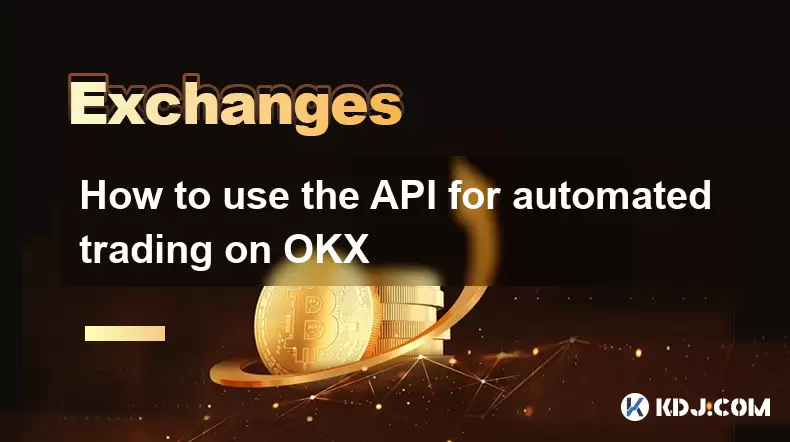-
 Bitcoin
Bitcoin $117300
1.99% -
 Ethereum
Ethereum $3884
5.89% -
 XRP
XRP $3.268
9.33% -
 Tether USDt
Tether USDt $1.000
0.02% -
 BNB
BNB $783.0
1.78% -
 Solana
Solana $173.6
3.51% -
 USDC
USDC $0.9999
0.00% -
 Dogecoin
Dogecoin $0.2193
7.00% -
 TRON
TRON $0.3380
0.30% -
 Cardano
Cardano $0.7769
5.08% -
 Stellar
Stellar $0.4350
9.36% -
 Hyperliquid
Hyperliquid $40.23
5.78% -
 Sui
Sui $3.739
6.95% -
 Chainlink
Chainlink $18.30
9.46% -
 Bitcoin Cash
Bitcoin Cash $581.7
2.11% -
 Hedera
Hedera $0.2577
5.51% -
 Ethena USDe
Ethena USDe $1.001
0.00% -
 Avalanche
Avalanche $23.08
4.23% -
 Litecoin
Litecoin $121.7
2.24% -
 UNUS SED LEO
UNUS SED LEO $8.962
-0.34% -
 Toncoin
Toncoin $3.332
1.36% -
 Shiba Inu
Shiba Inu $0.00001273
3.39% -
 Uniswap
Uniswap $10.35
6.84% -
 Polkadot
Polkadot $3.818
4.01% -
 Dai
Dai $1.000
0.01% -
 Bitget Token
Bitget Token $4.446
2.13% -
 Cronos
Cronos $0.1491
4.96% -
 Monero
Monero $255.4
-9.78% -
 Pepe
Pepe $0.00001099
4.80% -
 Aave
Aave $284.0
8.01%
How to apply for Upbit's API? What are the permission restrictions when using it?
To apply for Upbit's API, ensure a verified account, prepare documentation, and submit an application form detailing your intended use; approval may take days to weeks.
May 15, 2025 at 01:43 pm

How to Apply for Upbit's API? What Are the Permission Restrictions When Using It?
Upbit, one of the leading cryptocurrency exchanges in South Korea, offers a robust API that allows users to access various services programmatically. Applying for Upbit's API involves several steps, and understanding the permission restrictions is crucial for effective use. This article will guide you through the application process and detail the permission restrictions you need to be aware of.
Understanding Upbit's API
Upbit's API provides developers with the tools needed to interact with the exchange's services, including trading, account management, and data retrieval. Before applying for the API, it's essential to understand its capabilities and how it can benefit your specific needs. Whether you're looking to automate trading strategies or integrate Upbit's data into your applications, the API offers a wide range of functionalities.
Preparing for the Application
To apply for Upbit's API, you'll need to prepare certain information and meet specific requirements. Ensure that you have a verified Upbit account before proceeding. Additionally, you may need to provide details about your intended use of the API, as Upbit may require justification for granting access.
- Log into your Upbit account: Access your Upbit account using your credentials.
- Navigate to the API section: Once logged in, go to the "API" or "Developer" section of the Upbit platform.
- Prepare necessary documentation: Depending on your use case, you might need to prepare documentation or a brief explaining your intended use of the API.
Applying for the API
The application process for Upbit's API is straightforward but requires attention to detail. Here's how you can apply:
- Click on "Apply for API": In the API section, you'll find an option to apply for API access. Click on this button to start the application process.
- Fill out the application form: You'll be prompted to fill out a form with your personal details, including your name, email, and the purpose of your API usage. Be as specific as possible about how you plan to use the API.
- Submit the application: After filling out the form, review your entries carefully and submit the application. You may receive a confirmation email acknowledging your submission.
Waiting for Approval
After submitting your application, you'll need to wait for Upbit to review and approve it. The approval process can take anywhere from a few days to a couple of weeks, depending on the volume of applications and the complexity of your use case.
- Monitor your email: Keep an eye on your email for any updates from Upbit regarding your application status.
- Follow up if necessary: If you haven't heard back within a reasonable timeframe, you can follow up with Upbit's support team to inquire about the status of your application.
Receiving API Credentials
Once your application is approved, Upbit will provide you with API credentials, including an API key and a secret key. These credentials are essential for authenticating your requests to the Upbit API.
- Access your API credentials: Log into your Upbit account and navigate to the API section again. You should see your newly issued API key and secret key.
- Secure your credentials: It's crucial to keep your API key and secret key secure. Never share them with anyone, and consider using a secure method to store them, such as an encrypted file or a secure vault.
Understanding Permission Restrictions
When using Upbit's API, you'll encounter certain permission restrictions that are designed to protect both the users and the platform. Understanding these restrictions is vital to ensure compliance and avoid any potential issues.
- Trading Limits: Upbit may impose trading limits on API users to prevent excessive trading activity that could impact market stability. These limits can include daily trading volume caps and restrictions on the number of orders you can place within a certain timeframe.
- Withdrawal Limits: Similar to trading limits, withdrawal limits may be in place to safeguard user funds. These limits can vary based on your account verification level and the type of cryptocurrency you're withdrawing.
- Rate Limiting: Upbit's API uses rate limiting to prevent abuse and ensure fair usage. This means there's a limit to the number of requests you can make within a specific time period. Exceeding these limits can result in temporary or permanent API access suspension.
- Access to Sensitive Data: Depending on your API application and the level of access granted, you may have restricted access to certain sensitive data, such as detailed transaction history or specific account information. Upbit may require additional verification or justification to grant access to such data.
Using the API Effectively
Once you have your API credentials and understand the permission restrictions, you can start using Upbit's API to enhance your trading and development activities. Here are some tips for using the API effectively:
- Read the Documentation: Upbit provides comprehensive API documentation that covers all aspects of API usage, including endpoints, parameters, and examples. Make sure to read and understand the documentation thoroughly.
- Test in a Sandbox Environment: Before using the API in a live environment, test your code in a sandbox or test environment to ensure everything works as expected and to avoid any potential issues.
- Implement Error Handling: Given the possibility of rate limiting and other restrictions, implement robust error handling in your code to manage potential API errors gracefully.
- Stay Updated: Upbit may update its API periodically, so it's important to stay informed about any changes or new features that could impact your usage.
Frequently Asked Questions
Q1: Can I use Upbit's API for automated trading?
Yes, Upbit's API is designed to support automated trading. You can use the API to place orders, retrieve market data, and manage your trading strategies programmatically. However, be mindful of the trading limits and rate limiting restrictions that may apply.
Q2: How can I increase my withdrawal limits when using the API?
To increase your withdrawal limits, you may need to complete additional verification steps on your Upbit account. This could involve providing more identification documents or increasing your account's security settings. Contact Upbit's support team for specific guidance on increasing your limits.
Q3: What should I do if my API requests are being rate-limited?
If your API requests are being rate-limited, you should review your code to ensure you're not making excessive requests within a short period. Implement a delay between requests or use a queueing system to manage your API calls more efficiently. If the issue persists, you may need to contact Upbit's support for further assistance.
Q4: Is there a cost associated with using Upbit's API?
Upbit's API is generally free to use for most standard functionalities. However, certain advanced features or high-frequency trading might incur additional costs or fees. Always check the latest fee structure on Upbit's official website for the most current information.
Disclaimer:info@kdj.com
The information provided is not trading advice. kdj.com does not assume any responsibility for any investments made based on the information provided in this article. Cryptocurrencies are highly volatile and it is highly recommended that you invest with caution after thorough research!
If you believe that the content used on this website infringes your copyright, please contact us immediately (info@kdj.com) and we will delete it promptly.
- Cold Wallet Crypto in 2025: The Future is Now, Ya'll
- 2025-08-08 05:10:13
- MAGACOIN, SOL, and ADA: A Tale of Shifting Tides in Crypto
- 2025-08-08 05:10:13
- SHIB Price, PEPE, and the Memecoin Supercycle: Who Will Reign Supreme?
- 2025-08-08 05:50:12
- Pudgy Penguins Price Prediction: Google Trends & Breakout Signals
- 2025-08-08 05:50:12
- UAE Crypto Regulation: SCA and VARA Unite to Streamline the Future of Digital Assets
- 2025-08-08 05:55:48
- MAGACOIN Finance: The Presale Phenomenon Rocking the Crypto World
- 2025-08-08 05:55:48
Related knowledge

How to use advanced trading on Gemini
Aug 08,2025 at 04:07am
Understanding Advanced Trading on GeminiAdvanced trading on Gemini refers to a suite of tools and order types designed for experienced traders who wan...

How to deposit USD on Bitstamp
Aug 07,2025 at 05:18pm
Understanding Bitstamp and USD DepositsBitstamp is one of the longest-standing cryptocurrency exchanges in the industry, offering users the ability to...

How to find my transaction ID on Gemini
Aug 08,2025 at 12:50am
Understanding the Transaction ID in Cryptocurrency ExchangesA transaction ID (TXID) is a unique alphanumeric string that identifies a specific transfe...

How to set up custom price alerts on Bybit
Aug 07,2025 at 04:31pm
Understanding Price Alerts on BybitPrice alerts on Bybit are essential tools for traders who want to stay informed about significant price movements i...

How to use the API for automated trading on OKX
Aug 07,2025 at 05:21pm
Understanding the OKX API for Automated TradingThe OKX API provides a powerful interface for users to automate their trading strategies, access real-t...

How to trade forex pairs on Kraken
Aug 07,2025 at 11:49pm
Understanding Forex Pairs on KrakenKraken is primarily known as a cryptocurrency exchange, but it also supports select forex pairs through its Kraken ...

How to use advanced trading on Gemini
Aug 08,2025 at 04:07am
Understanding Advanced Trading on GeminiAdvanced trading on Gemini refers to a suite of tools and order types designed for experienced traders who wan...

How to deposit USD on Bitstamp
Aug 07,2025 at 05:18pm
Understanding Bitstamp and USD DepositsBitstamp is one of the longest-standing cryptocurrency exchanges in the industry, offering users the ability to...

How to find my transaction ID on Gemini
Aug 08,2025 at 12:50am
Understanding the Transaction ID in Cryptocurrency ExchangesA transaction ID (TXID) is a unique alphanumeric string that identifies a specific transfe...

How to set up custom price alerts on Bybit
Aug 07,2025 at 04:31pm
Understanding Price Alerts on BybitPrice alerts on Bybit are essential tools for traders who want to stay informed about significant price movements i...

How to use the API for automated trading on OKX
Aug 07,2025 at 05:21pm
Understanding the OKX API for Automated TradingThe OKX API provides a powerful interface for users to automate their trading strategies, access real-t...

How to trade forex pairs on Kraken
Aug 07,2025 at 11:49pm
Understanding Forex Pairs on KrakenKraken is primarily known as a cryptocurrency exchange, but it also supports select forex pairs through its Kraken ...
See all articles

























































































